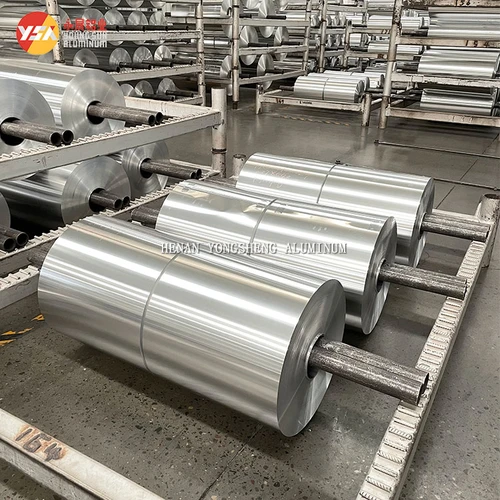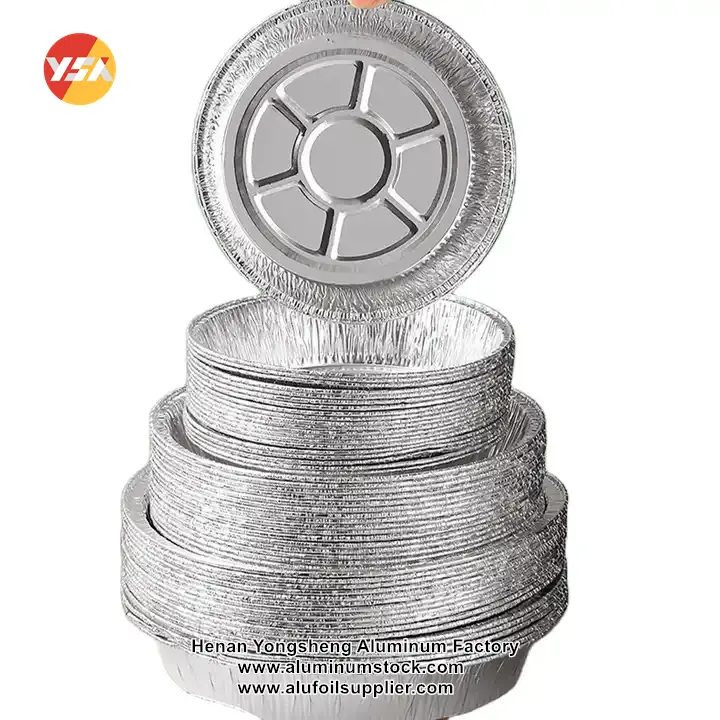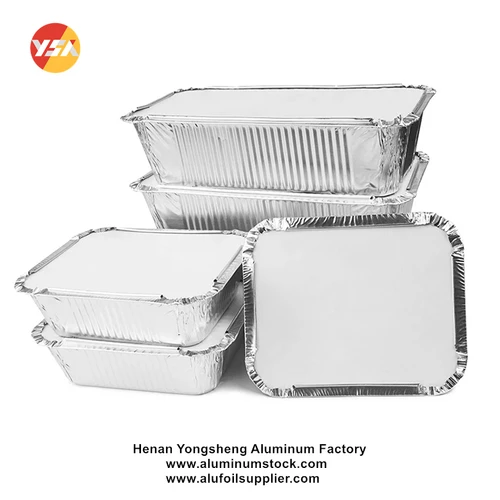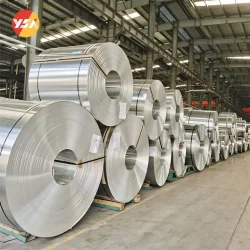3004 aluminum foil belongs to the 3000 series of aluminum alloys, which are known for their excellent corrosion resistance and formability. The 3004 alloy is primarily composed of aluminum, manganese, and small amounts of other elements. This combination of elements gives 3004 aluminum foil its desirable properties, making it a versatile material for a range of applications. Compared to the more common 8011-o aluminum foil, 3004 exhibits a higher degree of hardness.

3004 Aluminum Foil Application
3004 aluminum foil is widely used in packaging, construction, automotive, and other industries where high strength, corrosion resistance, and good formability are required. It is commonly utilized for food packaging, insulation, roofing, and other applications that require a lightweight and durable material. With its unique properties, 3004 aluminum foil offers a reliable and cost-effective solution for various industrial and commercial needs.
3004 aluminum foil finds significant application in the manufacturing of containers and other related products. Its unique properties make it well-suited for these purposes.
- Container Manufacturing
3004 aluminum foil is widely used in the production of food and beverage containers. It is commonly employed for making disposable containers, such as take-out containers, food storage containers, and aluminum trays. The foil’s excellent formability allows it to be easily shaped into different container designs and sizes. Additionally, its corrosion resistance ensures that the container remains intact and protects the contents from external factors.

- Packaging
Apart from containers, 3004 aluminum foil is also utilized in various packaging applications. It is commonly employed as a flexible and lightweight wrapping material for packaging perishable goods like dairy products, confectioneries, and pharmaceuticals. The foil’s barrier properties protect the contents from moisture, light, and oxygen, ensuring product freshness and integrity.
- Insulation
3004 aluminum foil is used in insulation applications due to its excellent thermal conductivity and resistance to corrosion. It is utilized as a reflective layer in insulation panels and systems, helping to reflect heat and improve energy efficiency in buildings and HVAC (heating, ventilation, and air conditioning) systems.
- Automotive
In the automotive industry, 3004 aluminum foil is employed in various applications. It is commonly used for manufacturing heat exchangers, such as radiators and condensers, due to its corrosion resistance and thermal conductivity. The foil’s lightweight nature makes it an ideal choice for reducing the overall weight of the vehicle, contributing to improved fuel efficiency.
- Other Applications
3004 aluminum foil finds utility in several other areas as well. It is used in the production of decorative items, such as foil balloons, and in the manufacturing of electrical components like capacitors and batteries. The foil’s versatility, lightweight nature, and resistance to corrosion make it suitable for a wide range of applications across different industries.

Temper of Aluminum and Aluminum Alloys
The same grade of aluminum and aluminum alloy, state is different at the same time, mechanical properties are not the same. In accordance with GB/T 16475-2008 standard as follows:
F—Free processing state. Applicable in the molding process, for work ardening and heat treatment conditions without special requirements for the product, the state of the product on the mechanical properties are not specified.
O – annealed state. Applicable to the state of the product after complete annealing to obtain the minimum strength.
O1 - high-temperature annealing after slow cooling state.
O2 - Thermo-mechanical treatment state
O3 - Homogenized conditionO state is commonly used in the production of containers.

H —- work hardening state. Applicable to products whose strength is improved by work-hardening (the first digit after H indicates the basic treatment procedure for obtaining the state, which is indicated by the digits 1 to 4; the second digit after H indicates the degree of work-hardening of the product, which is indicated by the digits 1 to 9, with 1 to 9 representing that the degree of work-hardening is getting harder; the third digit or letter after H indicates that it influences the characteristics of the product but that the characteristics of the product are still close to those of its two digits) (The special treatment of the state of the number, except H112, H116, H321 state).
H1X----the state of pure work-hardening H2X----the state of work hardening and incomplete annealing H3X----Hardening and stabilized condition H4X----the state of paint (layer) treatment after work-hardening
T – Heat treatment state different from F, O or H state. It applies to the state which is stabilized after solution heat treatment with (or without) work hardening. 1 to 10 numbers after T indicate the basic treatment state. additional numbers after T1 to T10 indicate the special treatment which affects the characteristics of the product.
T1 --- high temperature molding + natural aging T2 --- high temperature molding + cold working + natural aging T3 --- solution heat treatment + cold working + natural aging T4----solution heat treatment + natural aging T5---High temperature molding + artificial aging T6----Solution heat treatment + artificial aging T7---Solution heat treatment + cold aging T8----Solid solution heat treatment + cold working + artificial aging T9----Solid solution heat treatment+artificial aging+cold working T10 --- high temperature molding + cold working + artificial aging
W—-solid solution heat treatment state. An unstable state applicable to natural aging at room temperature after solid solution treatment. This state is not used as a product delivery state, but only indicates that the product is in the natural aging stage.

